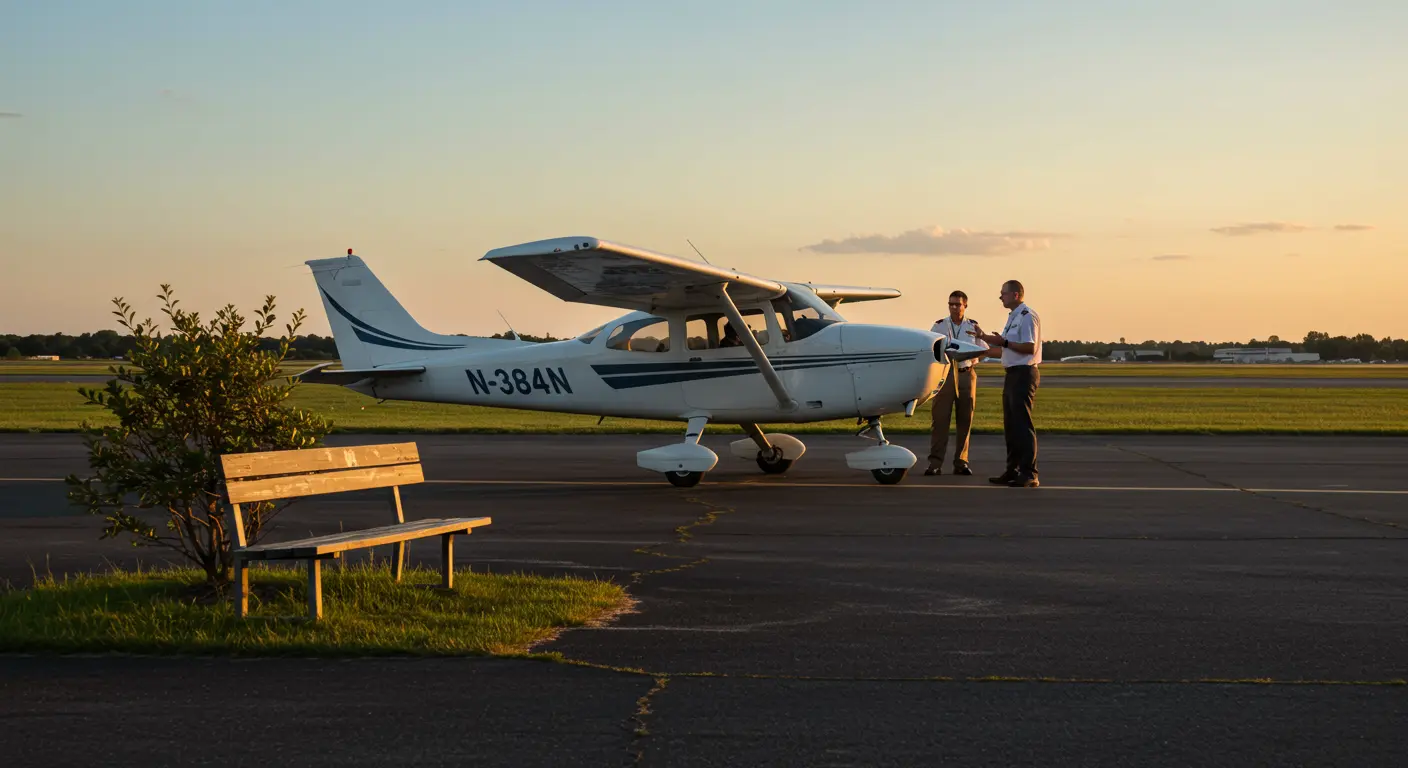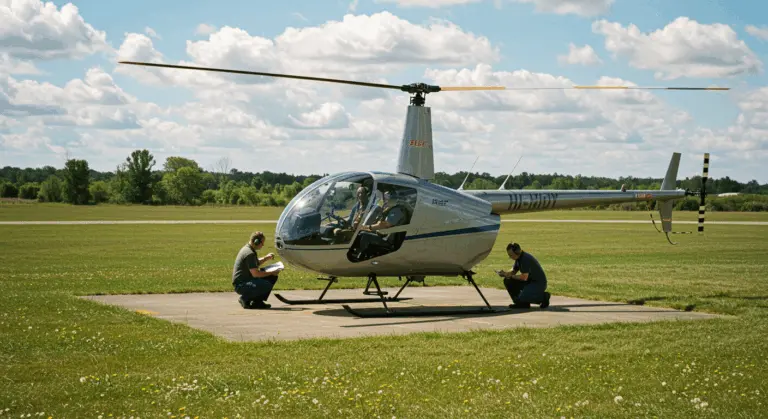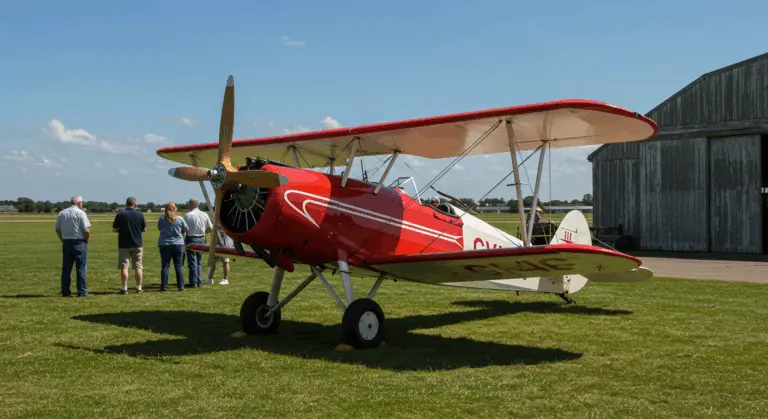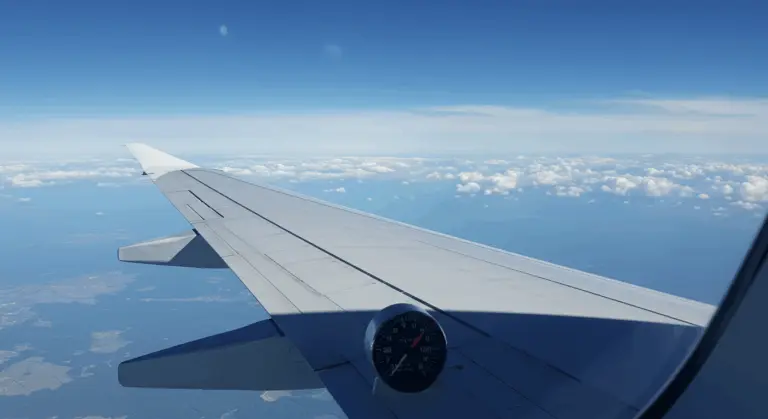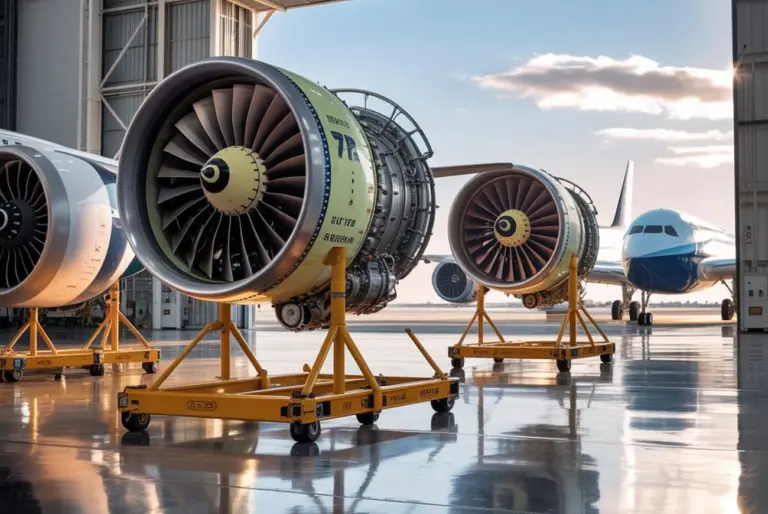Is It Hard to Fly a Plane? Understanding the Challenges
Understanding the Difficulty of Flying a Plane
When people ask, “Is it hard to fly a plane?” the answer isn’t straightforward. While piloting an aircraft appears daunting—with its array of instruments and intricate procedures—seasoned pilots often compare it to learning to drive. Initially overwhelming, yet entirely manageable with dedicated instruction and practice.
The challenge isn’t static, though. It fluctuates dramatically based on aircraft type, weather conditions, and time of day.
Stages of Learning to Fly
Learning to fly unfolds through a structured progression of skills and understanding. Most flight training programs break this journey into manageable phases: basic maneuvers like maintaining straight and level flight (surprisingly straightforward), advancing to more demanding operations such as executing precise 45-degree turns.
Beyond these tangible skills lies a deeper psychological journey. Pilots navigate four distinct stages of learning that mirror the mastery of any complex discipline. These stages illuminate why flying feels insurmountable at certain points, yet achievable at others.
Stage 1: Unconscious Incompetence
Here, prospective pilots remain unaware of aviation’s true complexity. They underestimate the mental gymnastics required for three-dimensional navigation, the intricacies of aircraft systems, and the ever-present dance with weather patterns.
This stage brings optimism and excitement, yet includes a dangerous blind spot regarding the steep learning curve ahead. It’s a necessary starting point, as everyone begins somewhere, but instructors must carefully guide students through this phase to build a foundation for effective learning. Once training commences, this comfortable delusion rapidly crumbles, ushering in the next developmental phase.
Stage 2: Conscious Incompetence
Reality hits hard in the second stage—conscious incompetence. Student pilots suddenly face the wide gap between their assumptions and aviation’s true demands. Aerodynamics, avionics, aircraft control—the sheer scope of required knowledge becomes starkly, sometimes overwhelmingly, apparent.
Mistakes multiply during this humbling phase. Students wrestle with maintaining altitude mid-turn, coordinating rudder and aileron inputs, or juggling multiple tasks without dropping the proverbial ball. The aircraft feels unresponsive to their efforts, responding unpredictably while instruments blur into a confusing array of dials and displays.
Expert instruction proves essential during this turbulent stage. Seasoned instructors provide not just technical guidance, but the encouragement and structured practice that transform frustration into growing confidence.
Though emotionally challenging, conscious incompetence represents an important milestone—the beginning of authentic skill development. Students who push through this challenge discover something remarkable: growing capability and the deep satisfaction of conquering increasingly complex maneuvers.
Stage 3: Conscious Competence
Student pilots entering conscious competence have crossed a significant threshold. They possess the skills for safe flight, yet each action demands intense concentration. Takeoffs, weather navigation, landings—all achievable now, but requiring deliberate, focused attention to every detail.
Every maneuver becomes a mental checklist: power reduction, pitch adjustment, pre-landing protocols. Each step requires conscious deliberation rather than instinctive response.
This stage represents growing confidence tempered by meticulous attention to detail. Routine situations? Handled competently. Complex scenarios? Still formidable challenges. Pilots are constructing their mental library of experiences—building the foundation for future automatic responses.
Solo flights and licensing examinations typically coincide with this developmental phase. Instructors step back from direct intervention, shifting to guidance and feedback roles. The focus evolves from basic skill acquisition to refinement and consistency—supervised practice remains crucial for continued growth.
Stage 4: Unconscious Competence
Unconscious competence marks the highest level of pilot development—where flying skills become so deeply ingrained they flow almost automatically. Pilots at this level handle complex maneuvers while simultaneously planning ahead, communicating with air traffic control, and monitoring shifting conditions. All without conscious effort for individual tasks.
This doesn’t mean mental autopilot, though. Rather, fundamental skills have become second nature, liberating mental capacity for higher-level decision-making and situational awareness. An experienced pilot doesn’t consciously think through a standard rate turn—their body knows the precise control inputs while their mind focuses on navigation, weather assessment, or other critical priorities.
True mastery emerges after hundreds or thousands of flight hours. These pilots handle emergencies with remarkable calm, adapt to unexpected situations seamlessly, and make sound judgments under intense pressure. Their responses appear effortless to observers—quick, appropriate, and seemingly intuitive.
Even at this advanced level, professional pilots never stop learning. Recurrent training, simulator sessions, and staying current with evolving technology ensure continued growth. This progression from unconscious incompetence to unconscious competence explains why flying initially appears daunting yet becomes manageable, even intuitive, with proper training and experience.
Factors Affecting Flight Difficulty
Flying difficulty isn’t fixed—it’s a dynamic variable that shifts with each flight. Three primary factors drive these fluctuations: aircraft type, weather conditions, and time of day.
Type of Aircraft
Aircraft type dramatically influences pilot workload and complexity. Light aircraft—commonly used for training and recreational flying—offer forgiving handling characteristics. These aircraft respond crisply to control inputs and provide excellent visibility, making them ideal platforms for mastering fundamental skills.
Large commercial aircraft like the Boeing 747 or Airbus A320 present entirely different challenges. Complex systems’ management, slower response times, and sophisticated automation create a vastly different flying experience. While automation assists pilots, it demands thorough understanding of multiple backup systems and intricate procedures.
Specialized aircraft present their own unique challenges:
-
Helicopters require constant, simultaneous control adjustments and coordination.
-
Vintage aircraft often lack modern conveniences and may have quirky handling characteristics.
-
Military jets are built for performance over comfort, demanding exceptional skill to operate at their limits.
Even within similar categories, aircraft exhibit remarkable diversity. Variable-geometry wings (think F-111 or Panama Tornado) or unconventional configurations fundamentally alter pilot inputs and aircraft responses. Different engine types, avionics systems, and cockpit layouts each demand specific training and adaptation.
For student pilots, each aircraft transition represents a significant learning curve. New muscle memory, different performance parameters, unfamiliar cockpit environments—all temporarily spike the perceived difficulty of flying.
Weather Conditions
Weather creates the biggest challenge variations in aviation. Even veteran pilots treat challenging conditions with great respect—weather can transform routine flights into demanding tests of skill and judgment.
Turbulence ranges from gentle chop to violent air disturbances that demand constant corrections. Maintaining precise altitude and heading becomes exponentially more challenging. For new pilots, even moderate turbulence proves physically and mentally exhausting.
Visibility restrictions—fog, rain, snow, or haze—fundamentally transform pilot operations. When visual references vanish, pilots must transition to instrument flying, navigating solely by cockpit instruments rather than outside cues. This requires specialized training and certification, as spatial disorientation becomes a genuine threat.
Wind creates multifaceted challenges, particularly during takeoff and landing phases. Crosswinds demand specialized techniques to maintain runway alignment while counteracting drift. Strong, gusting winds generate unpredictable conditions that test reaction speed and control precision.
Icing conditions alter aerodynamic properties and can severely degrade aircraft performance. Thunderstorms combine multiple hazards—turbulence, lightning, hail, and powerful up drafts or downdrafts—creating particularly dangerous scenarios best avoided entirely.
Professional pilots invest considerable time studying weather patterns, interpreting meteorological reports, and planning for changing conditions. The ability to accurately assess weather risks and make sound go/no-go decisions equals physical flying skills in determining overall pilot proficiency.
Time of Day
Time of day profoundly impacts flight complexity. Daylight provides clear visual references for navigation and obstacle avoidance, simplifying distance judgment and aircraft spotting.
Night flying, however, transforms the entire experience. Pilots rely heavily on instruments as outside visual references fade. Depth perception becomes challenging, and distinguishing between stars and distant aircraft lights requires considerable practice. Airport environments change dramatically, with runway and taxiway lighting replacing familiar daytime visual cues.
Dawn and dusk present unique transitional challenges. Pilots may face directly into the rising or setting sun, creating glare that severely compromises visibility. These conditions make spotting other aircraft or reading instruments genuinely difficult. Twilight creates visual illusions as shadows lengthen and contrast diminishes, potentially distorting altitude and distance perception.
Each time period demands specific techniques and adaptations. Night operations require meticulous preflight preparation, thorough instrument interpretation skills, and careful attention to airport lighting systems. Many pilots need additional training and endorsements before operating after sunset—showing the real increase in complexity.
Circadian rhythms also influence pilot performance throughout the day. Fatigue management becomes critical during night operations or trans-time-zone flights, as alertness and decision-making capabilities suffer when normal sleep patterns are disrupted.
Essential Skills for Pilots
-
Physical Capability: Good vision, spatial awareness, and fine motor coordination are fundamental for precisely controlling an aircraft.
-
Technical Knowledge: Understanding of aerodynamics, aircraft systems, navigation, and meteorology helps with informed decision-making.
-
Clear Communication: Pilots must exchange information clearly and concisely with air traffic control and crew, using standard phraseology to ensure accuracy under pressure.
-
Decision-Making: The ability to assess risks and make sound judgments, often with limited time and incomplete information.
-
Adaptability and Attention to Detail: Flexibility is vital for handling different aircraft and unexpected situations, while a meticulous attention to detail prevents critical errors.
Licensing and Certification
The journey to becoming a licensed pilot follows structured pathways that reflect increasing levels of skill, knowledge, and responsibility. The two primary license types—private and commercial—serve different purposes and involve distinct requirements.
A Private Pilot License (PPL) is the basic certification for most aspiring aviators. It typically demands 40-70 flight hours, combining dual instruction with solo flying experience. PPL training encompasses fundamental skills: takeoffs, landings, navigation, and emergency procedures. Written, oral, and practical examinations thoroughly test candidate knowledge and proficiency. Once licensed, private pilots can fly for personal transportation or recreation—but cannot receive compensation for their services.
The Commercial Pilot License (CPL) opens professional flying careers. This certification requires at least 250 flight hours and more demanding training in advanced maneuvers, complex aircraft operations, and commercial procedures. Commercial pilots must demonstrate higher precision standards and deeper technical knowledge. The CPL permits compensation for flying services, though additional ratings are typically necessary for specific professional roles.
Beyond these basic licenses, pilots often pursue specialized ratings that expand their capabilities:
-
Instrument Rating: Allows operation in poor visibility conditions using only cockpit instruments.
-
Multi-Engine Rating: Qualifies pilots to fly aircraft with more than one engine.
-
Flight Instructor Certification: Permits teaching others to fly.
For airline careers, the Airline Transport Pilot License (ATPL) represents aviation’s highest certification level, demanding 1,500 flight hours and comprehensive knowledge of transport category aircraft operations. Type Ratings qualify pilots for specific aircraft models, particularly larger commercial planes.
Each certification level requires increasingly strict standards, reflecting the progressive difficulty and responsibility associated with different flying roles. This structured approach ensures pilots develop appropriate skills before advancing to more challenging operations.
Final Thoughts on Flying a Plane
Is it hard to fly a plane? The answer depends on numerous variables: individual aptitude, aircraft type, prevailing conditions, and the specific maneuver being attempted. What makes flying different from many other skills is the serious consequences—aviation errors can have serious implications, creating a responsibility that significantly affects the entire learning process.
For most people with proper instruction and genuine dedication, basic flying skills are entirely achievable. Straight-and-level flight, gentle turns, even basic takeoffs can be mastered relatively quickly. However, developing the judgment, decision-making abilities, and technical knowledge to handle challenging situations safely? That requires significant commitment and experience.
Progressive pilot training recognizes this fact. Students begin in optimal conditions with forgiving aircraft before gradually encountering more complex scenarios. This methodical approach builds confidence while ensuring safety. The four-stage learning process—from unconscious incompetence to unconscious competence—shows the transformation from novice to proficient aviator.
Most importantly, flying demands continuous learning and humility. Even veteran pilots with thousands of hours encounter new challenges and must adapt to evolving technologies, regulations, and conditions. The best pilots recognize that overconfidence can be lethal, maintaining healthy respect for aviation’s complexities throughout their careers.
For those considering learning to fly, understanding that difficulty varies with circumstances sets realistic expectations. With proper training, most people can learn to fly competently and safely. The challenge is manageable for those who approach it with patience, dedication, and respect for the learning process. The rewards—unique perspective, freedom of movement, and profound sense of accomplishment—make the journey worthwhile for those drawn to the skies.

